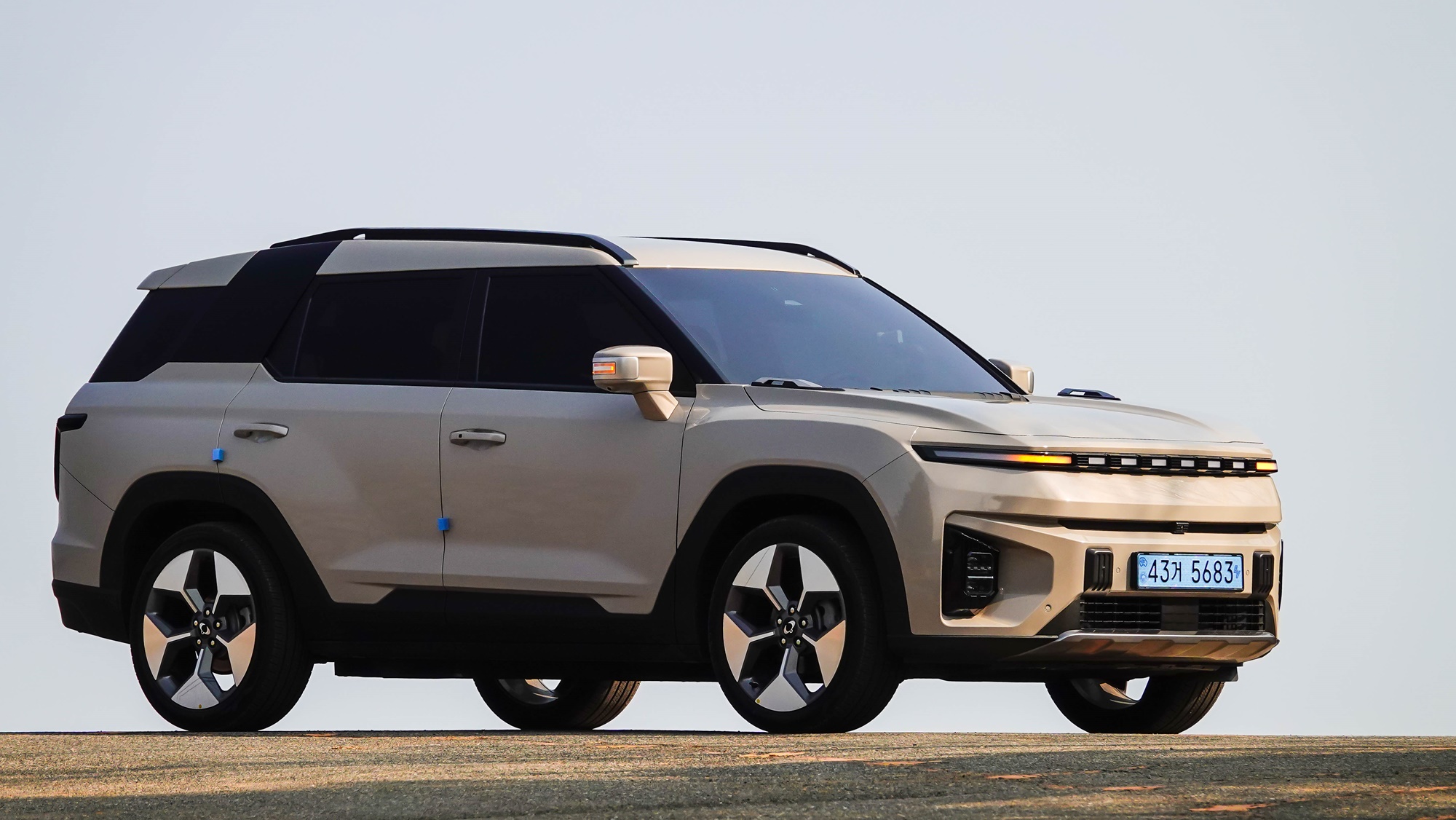
1. Are LFP Batteries Really That Inefficient?
LFP batteries are known for their low energy density, which contributes to a perception of lower efficiency. This is true to some extent, but it’s not the whole story. For instance, a vehicle equipped with a 73.4kWh battery traveled 55 km from Paju to Seoul with a real-world efficiency of 8.3 km/kWh. Is it fair to say that this is poor efficiency?
2. Is Longer Range Always Better?
Indeed, a larger battery capacity allows for greater range. However, that means using a bulkier battery, which adds weight. More weight results in decreased efficiency. Additionally, a larger battery takes longer to charge. With the benefits of large capacity also come numerous downsides.
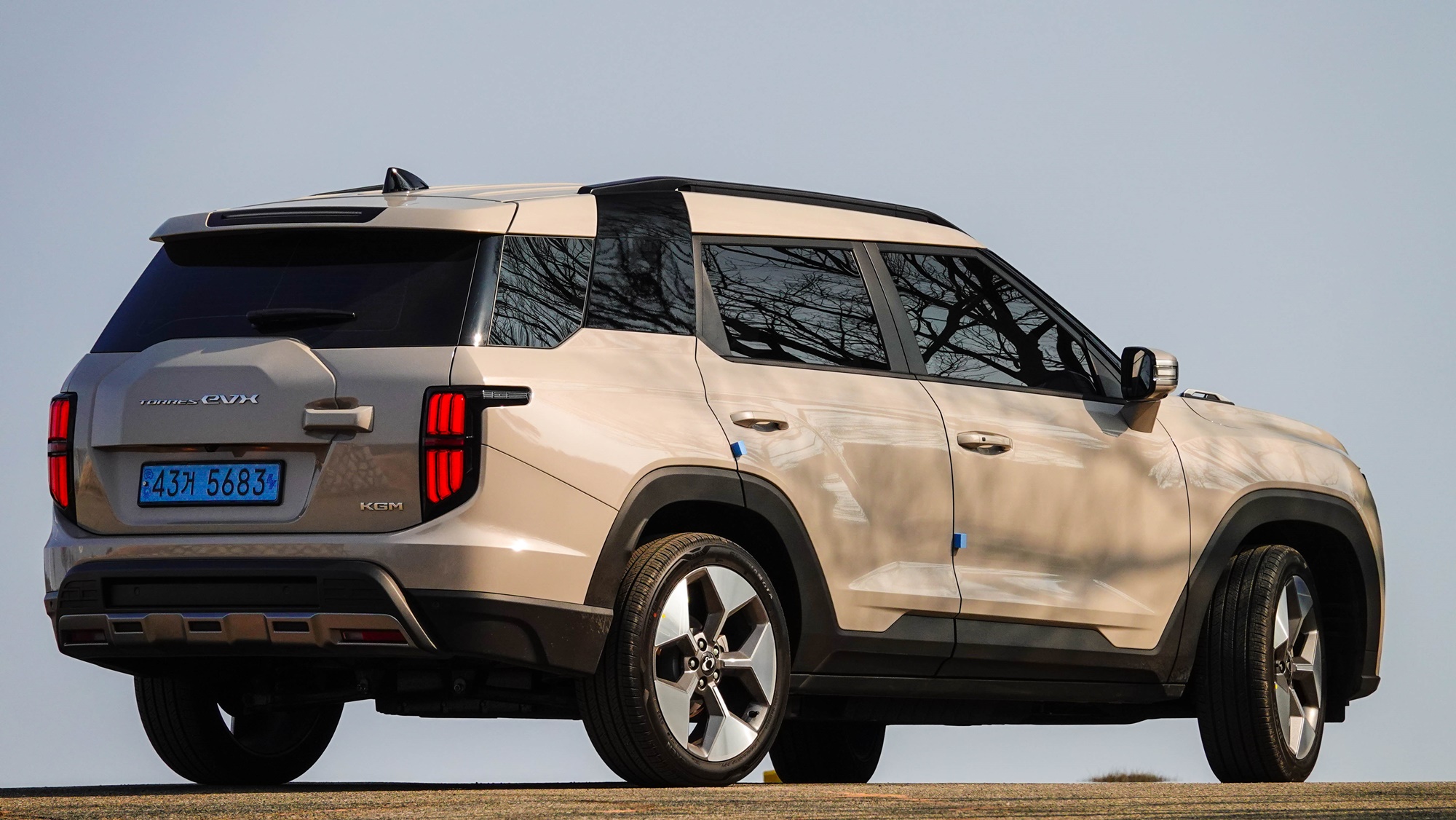
3. So, Why Do We Drive Electric Vehicles?
We choose to drive eco-friendly cars to reduce carbon emissions and contribute to a sustainable environment that combats global warming. Driving 300 km with a lighter battery is significantly more beneficial for the environment compared to driving 1,000 km with a heavy battery.
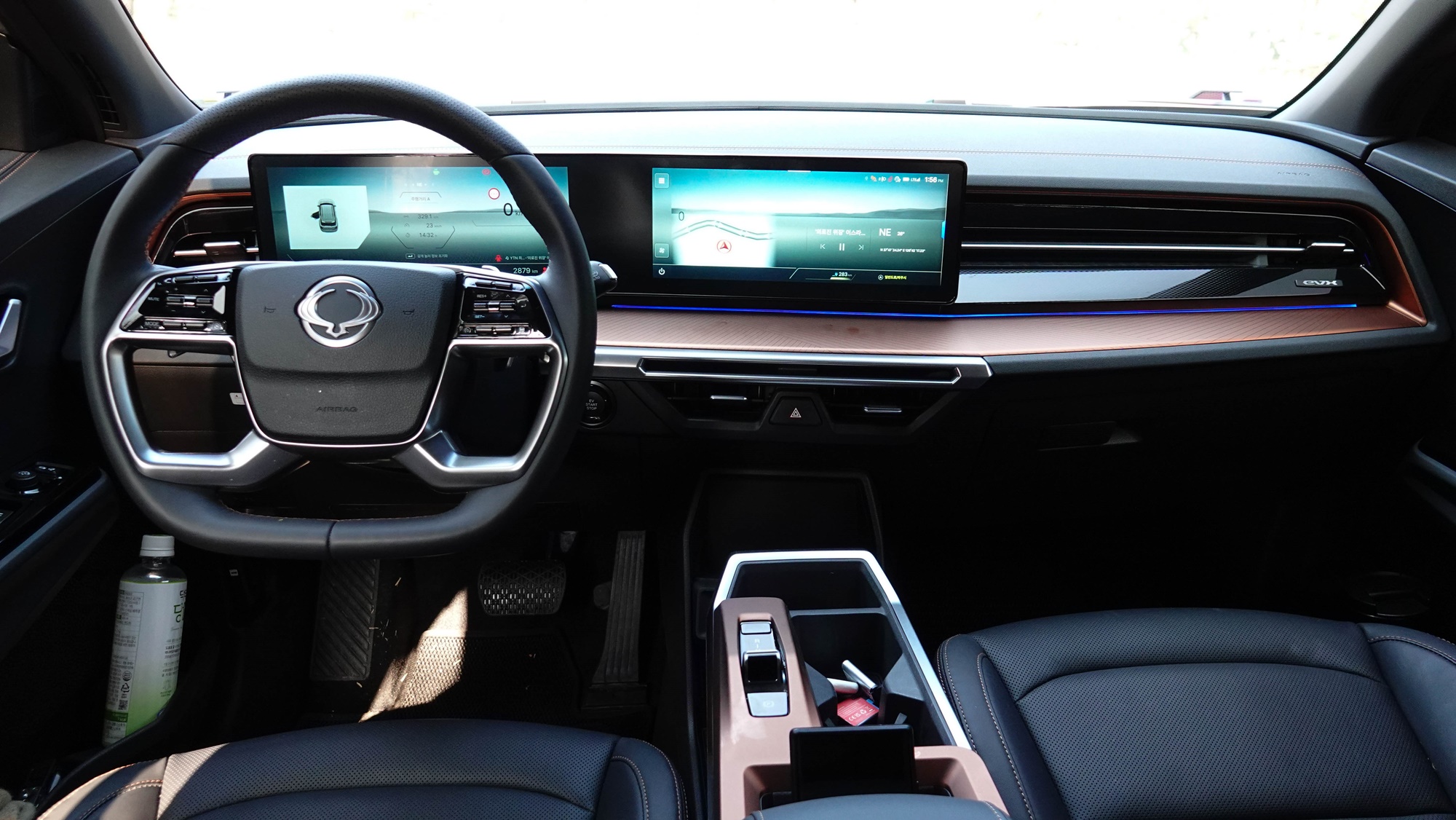
4. Should EV Subsidies Be Differential? Who Should Get More: LFP or MCN?
The government has hinted at reducing subsidies for electric vehicles with LFP batteries, citing lower energy density as the reason. In reality, it’s a move to curb Chinese LFP batteries and vehicles using them (including the Tesla Model Y).
LFP batteries are generally used in more affordable electric vehicles, while MCN batteries are used in higher-end models. If subsidies are to be allocated, should they go to budget models or luxury ones? Given the reduction in LFP subsidies, it appears the government’s policy leans towards providing more for high-end models. Is this a rational approach?
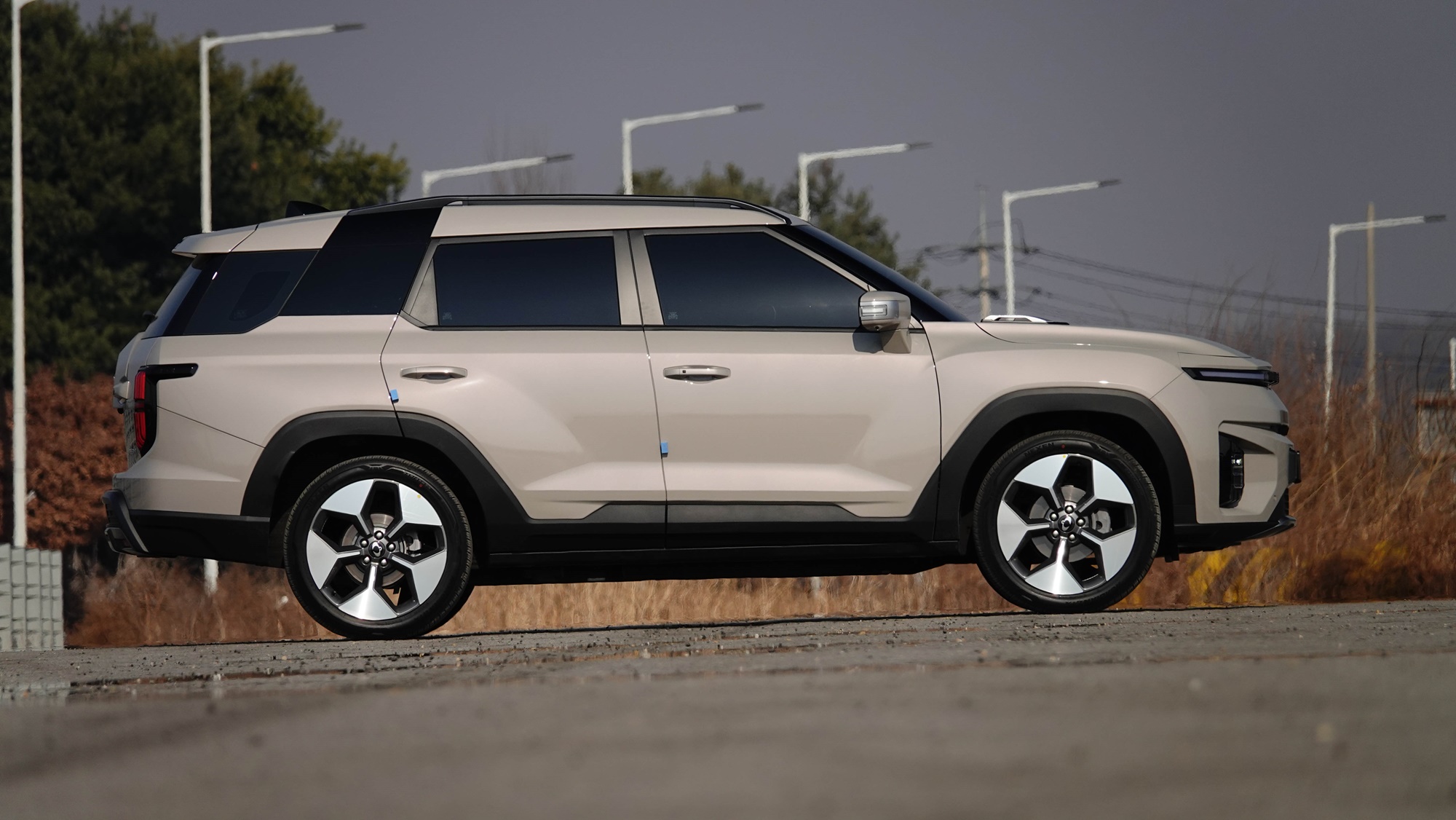
5. What Is the Value of the Torres EVX?
It retains the characteristics of an electric vehicle remarkably well. The battery is placed low in the chassis, providing outstanding stability. Although it has front-wheel drive, there’s no need to worry about understeering or instability at high speeds. Its driving response is far more stable than any front-wheel drive internal combustion engine vehicle. An electric vehicle, even with front-wheel drive, delivers a different level of driving stability.
6. And What About the Price?
The Torres EVX comes in two trims: E5 and E7. The E5 is priced at 47.5 million won, while the E7 costs 49.6 million won. These rates are before subsidies and tax benefits. The crucial factor lies in the electric vehicle subsidies. If subsidies are reduced for LFP batteries, many consumers may abandon the idea of purchasing an electric vehicle, as finding a cheaper option becomes increasingly difficult. It’s not an exaggeration to say the Torres EVX’s survival hinges on how the government structures these subsidies.
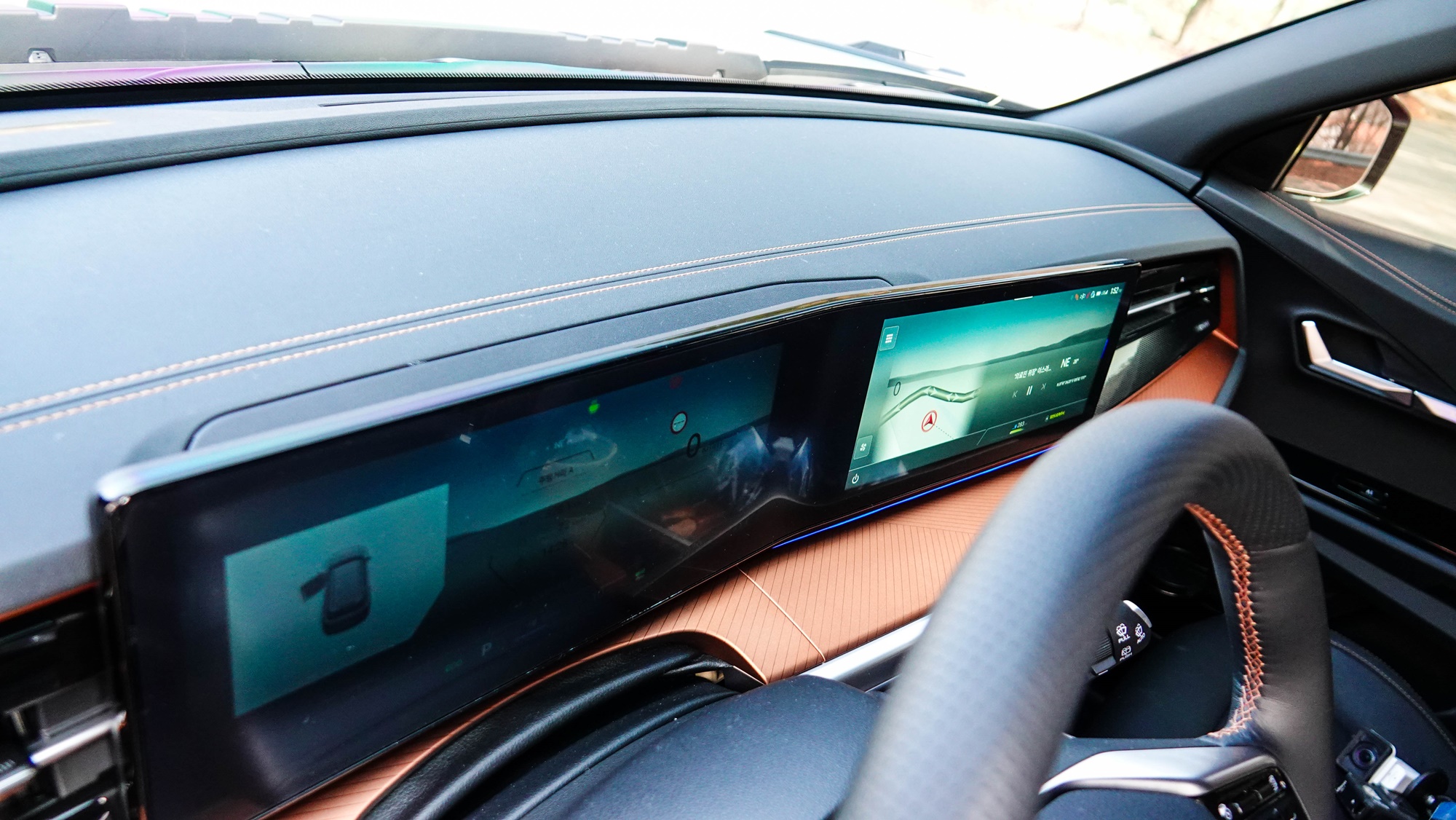
7. What New Features Are Available?
– It includes a highway lane change feature. When the turn signal is activated, the system intervenes with steering to smoothly change lanes. However, this feature is only operational under specific conditions on the highway.
– There’s a V2L (Vehicle to Load) function as well. This allows you to utilize 220v power from the vehicle’s battery to power various household appliances outdoors, such as hair dryers, rice cookers, audio equipment, and projectors. This feature can be especially useful during natural disasters when access to electricity is compromised.
O Jong-hoon’s Straight Talk
- . I often find myself confused about which button or part to press to operate the system. I’m told to press the OK button, but I don’t know which one that is. I feel like I need to experiment with each control individually.
- . The voice command system doesn’t respond adequately to navigation destinations or radio frequencies.
O Jong-hoon yes@autodiary.kr

